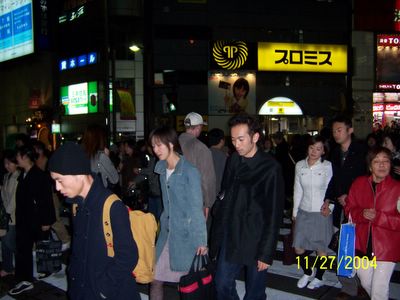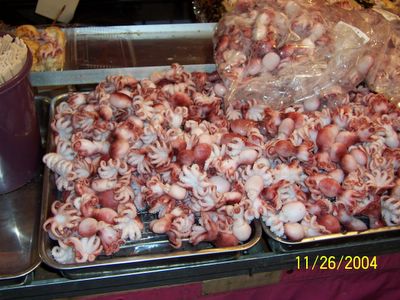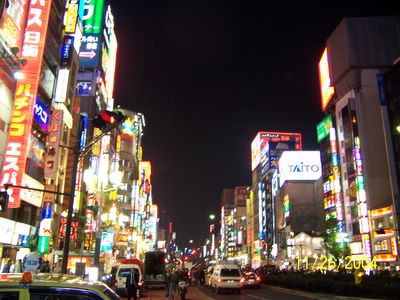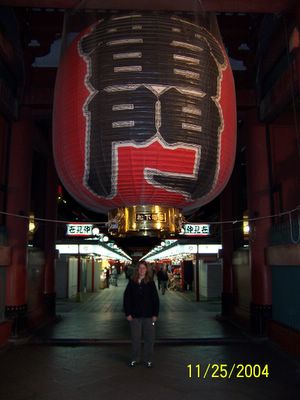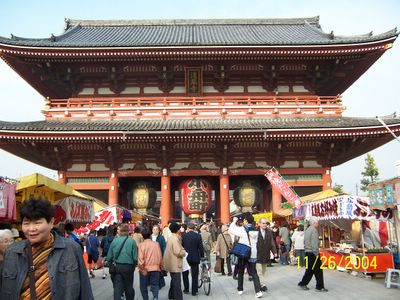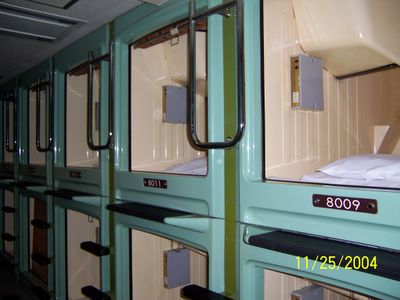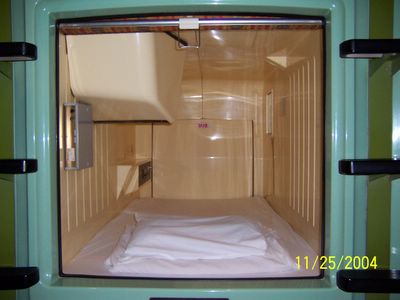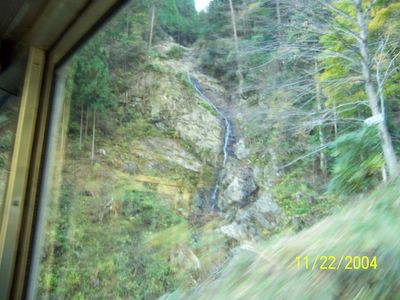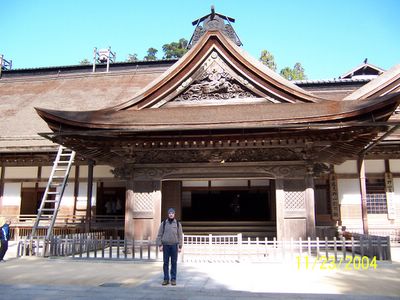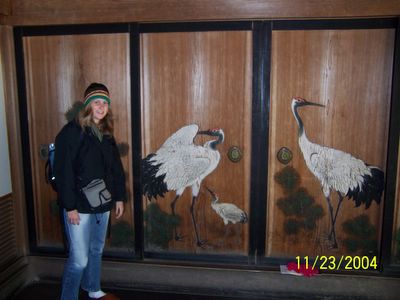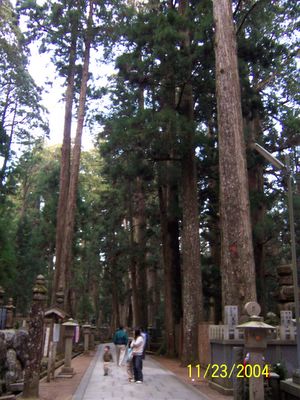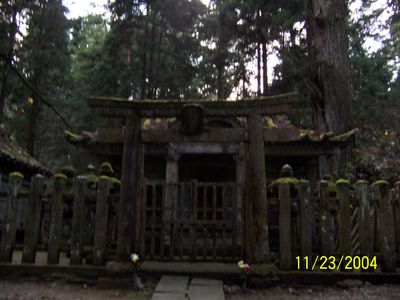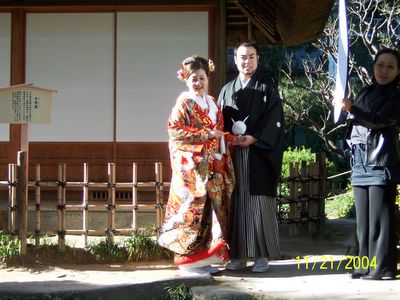Shibuya
If you have ever seen that car commercial where the light changes and everyone is crossing the street and then all of a sudden a car pulls out and everyone stops to look at it. Well, that was filmed in Shibuya (in the Western part of Tokyo). I was there at that intersection and it's just as crazy as you see it on TV. There are literally that many people crossing the street at one time.
